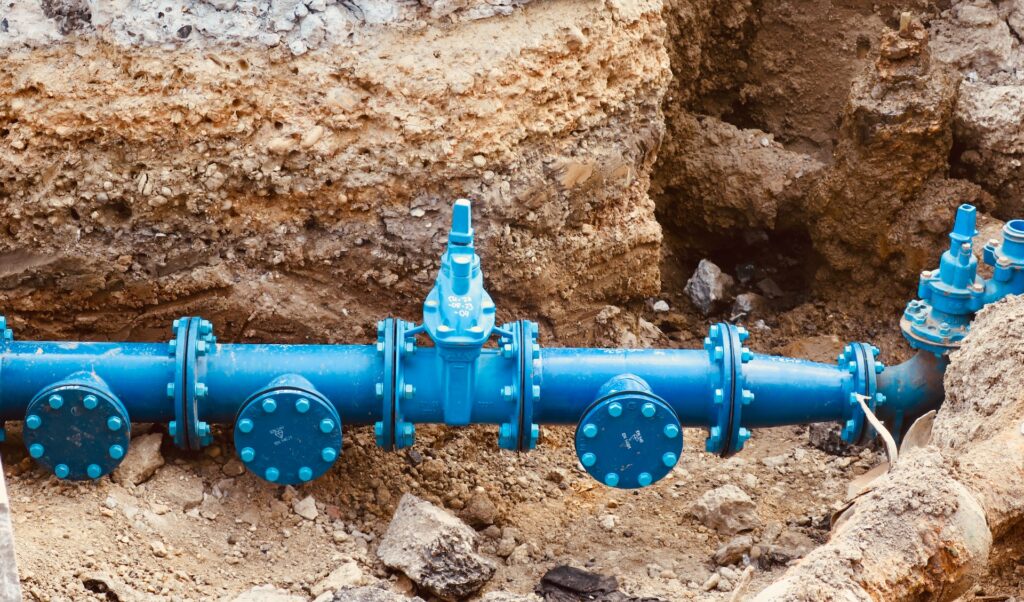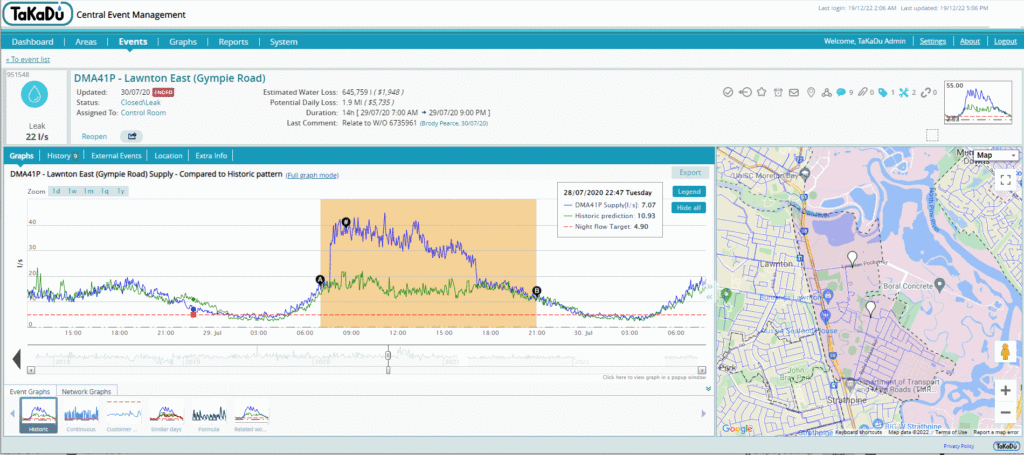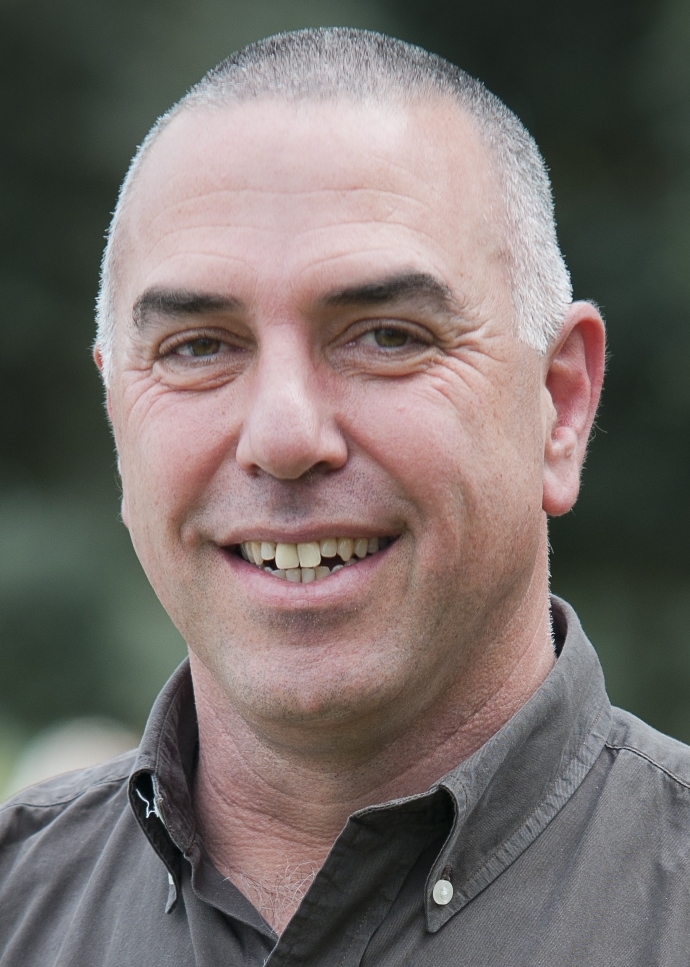An AI-driven Israeli water management system is making a splash worldwide with its 24/7 monitoring platform that tracks every leak, burst pipe and broken tap – saving water, time and money.
Managing a water utility, be it in a bustling city or sparsely populated rural area, ultimately means ensuring that homes have access to water when they turn on a tap, TaKaDu CEO and founder Amir Peleg tells NoCamels.
But getting the water to the tap involves a complex series of steps, all of which are vulnerable to what Peleg terms “operational events.”
“Obviously infrastructure ages, and you do not necessarily see all the infrastructure because it’s underground,” he explains.

The Yehud-based company devised its own software-driven system of data-gathering sensors placed on the infrastructure, which it calls “central event management.” And that method has now been introduced in countries all over the world.
Traditionally, the maintenance of water utilities is carried out in “firefighting mode,” and is very reactive, Peleg says. TaKaDu, on the other hand, takes a more proactive approach.
He gives the example of a geyser suddenly erupting in the middle of a street, which requires urgent handling and most likely extensive infrastructure work.
The TaKaDu system, he says, could have identified that geyser as a more straightforward leak when it started a month or even half a year earlier, and when dealing with it would have required a less costly and complex repair operation.

“If you manage the operation in [the right] way, you can actually optimize the way you work. Because you know how to prioritize things and you are less surprised. Then you have less firefighting… and everything is more manageable,” he says.
“You need to understand when it starts and how big it is, who is in charge and whether it is high priority or low priority.”
The data gathered by the sensors is delivered via cloud to a central dashboard where it is analyzed using AI, processed and flagged for attention if necessary. Peleg compares the way in which the issues are presented to an email inbox, with problems that need attention all clearly laid out in order of urgency.
“You see the list of events; it’s easy to understand [where] you have a flow problem or a leak,” he says. “You see everything automatically.”
The platform does not just detect an operational event, it also guides the network as it is managed, allocating staff to handle it through the centralized computer system.
“The whole management functionality is crucial,” he says, as the swift resolution of issues is key to preventing water loss.
Sign up for our free weekly newsletter
Subscribe“It is not just about using smart analytics to detect, but to package it in such a way that they will be able to communicate, make decisions, measure, understand and prioritize,” he says.
This could be logging higher than expected water flow in a small neighborhood – an anomaly that indicates a probable leak, with the system determining its urgency.
The repair work on that leak is also registered by TaKaDu, showing that the issue has been dealt with, how long it took and how much water was wasted.
While there are a growing number of companies that take a software-led approach to managing water networks, Peleg says, he does not believe that TaKaDu has a direct competitor who can offer the same comprehensive management system.

In most cases, he says, once customers start to use TaKaDu, they stay with it.
“It’s a big thing,” he says. “It gives you full visibility.”
The company had been due to feature as an example of Israeli environmental innovation at the COP28 summit in Dubai this month, but had to cancel due to the security situation in Israel following the terror attack carried out by the Hamas terror group on October 7.
Using his own money, Peleg started the company in 2009, after selling an earlier venture – in an entirely different field – to Microsoft.
Exploring new ideas, he realized the importance of sustainability and decided to focus on the water sector, where he could use his previous experience.
“I spotted a huge need to apply analytics and software tools to bring efficiency to the water utilities,” he explains.
“The issue of inefficiency in water networks is a major thing, and water loss around the world is estimated at 25 percent,” he says, adding that not only does this cost billions of dollars, it also wastes a valuable resource.
With the software now in place in multiple locations, including Australia and Latin America, the company is looking at extending its reach to sewage and wastewater management.
“We are expanding the product,” he says. “Making it better and faster.”
Related posts

Resilient And Nutritious New Plant-Based Milk Aims To Make A Splash

Chocolate From Cultivated Cocoa Comes Without Environmental Toll

Plastic Fantastic: Startup Takes PVC Back To Its Crude Oil Roots




Facebook comments